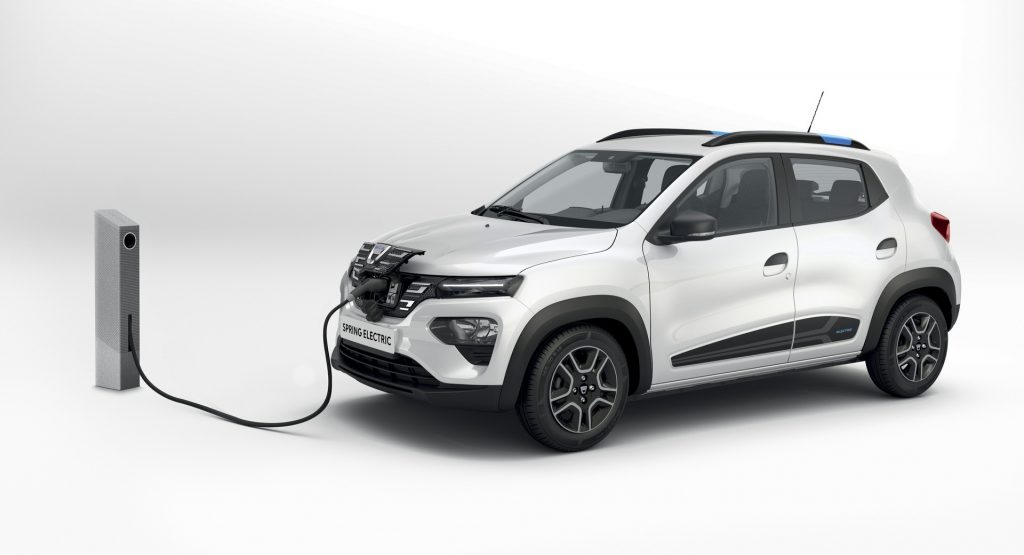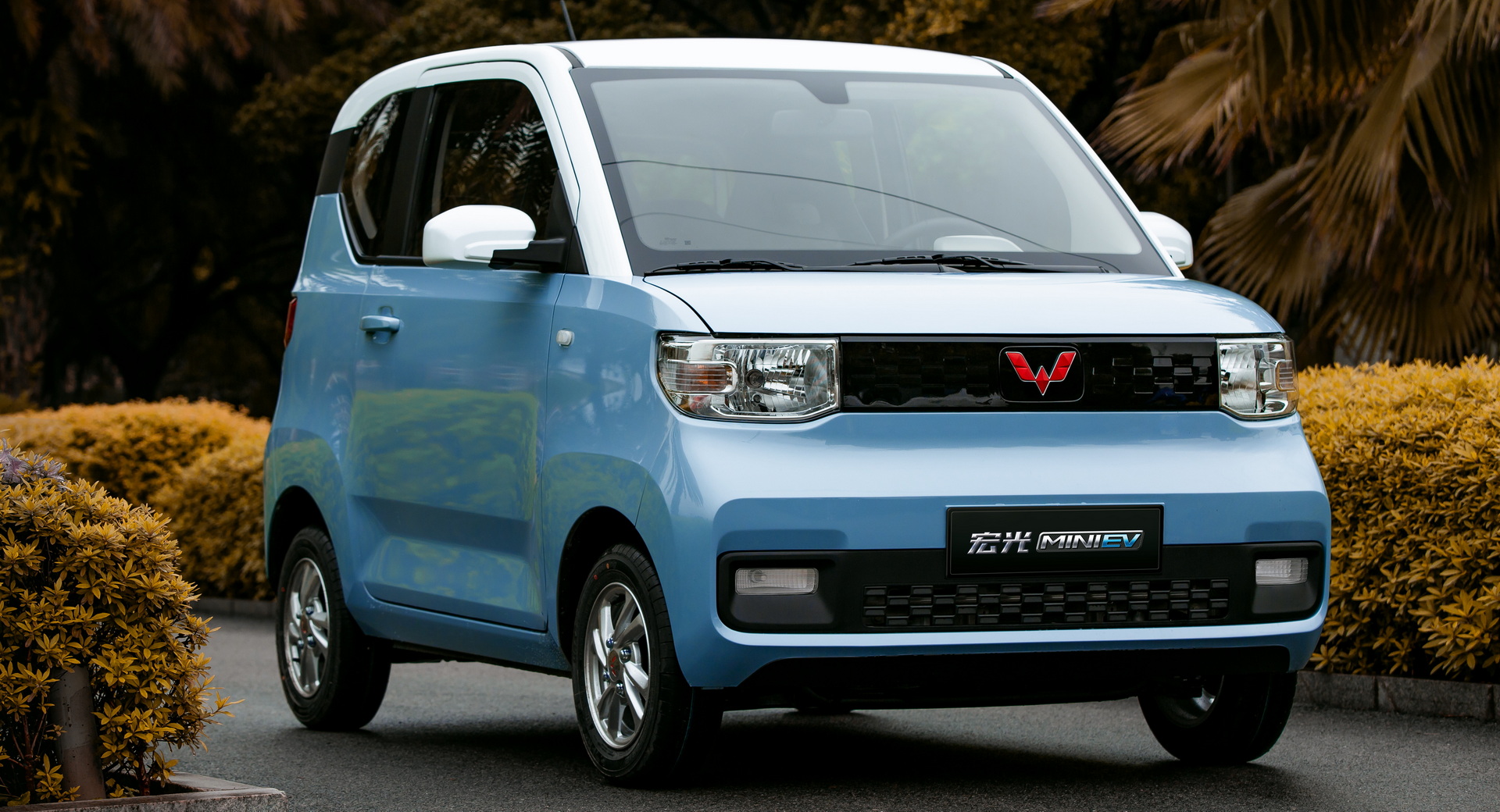As part of a plan to make itself a niche in the electric vehicle market, Mitsubishi recently announced plans to release an EV priced at less than two million yen ($18,100 USD) in Japan.
Nikkei Asia reports that when Mitsubishi’s low-price EV arrives in 2023, it will be based on the Minicab MiEV but will have newer, cheaper batteries to help make it the least expensive EV in the Japanese market. Although it will still be more expensive than Mitsubishi’s least expensive gas-powered vehicle which goes for about $15,000, it’s a sign of a pattern developing for the automaker.
Its alliance partner, Renault, unveiled the €16,990 ($20,300) Dacia Spring recently, which is being called the Europe’s “most affordable electric car.” To be sure, the lower price means lower performance. The Spring only goes 230 km (143 miles) on a single charge, while the Mitsubishi will have a range of just 150 km (93 miles), but it wasn’t that long ago that automakers sold vehicles with those kinds of ranges for much more money.
Read Also: In 2020, General Motors Managed To Sell More Than 200,000 Electric Vehicles
Although the prices still aren’t quite on par with cheap gas-powered cars, tax incentives and less money spent powering the vehicles means that they could ultimately turn out to be cheaper than even a bare-bones gas-powered car.
It’s a sign of a business model that’s being allowed thanks to the lowering cost of EV components, such as batteries, and it’s a model that was pioneered in China. Whereas the EV market in the western world (and Japan, apparently) has largely been focused on high-priced, premium EVs like the Tesla Model S, the Jaguar I-Pace, and the upcoming Mercedes EQS, vehicles like the wildly successful HongGuang Mini EV could be going international.
Whether or not the trend will translate to North America, with its wide expanses and road-trip culture, remains to be seen. If we take the example of the $20,300 Dacia Spring, though, and apply the federal tax credit of $7,500, the price shrinks to just $13,200. If a rebate of up to $12,500 is introduced, it could effectively become a sub-$10,000 car. In that case, the range might not be as big a turn-off in that case – although it’s worth bearing in mind that small vehicles aren’t popular amongst Americans, so a $10k EV is highly unlikely in the foreseeable future.










